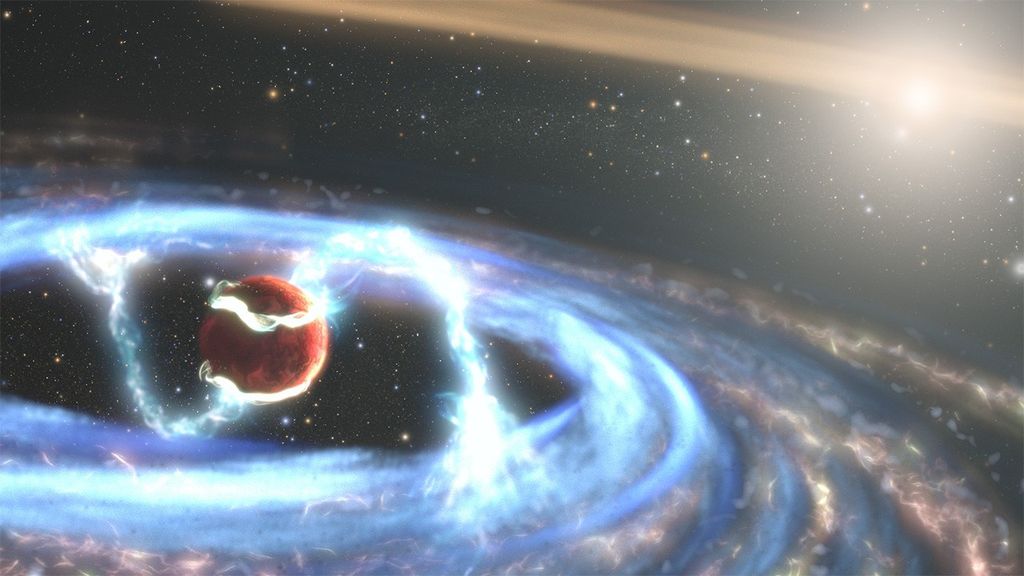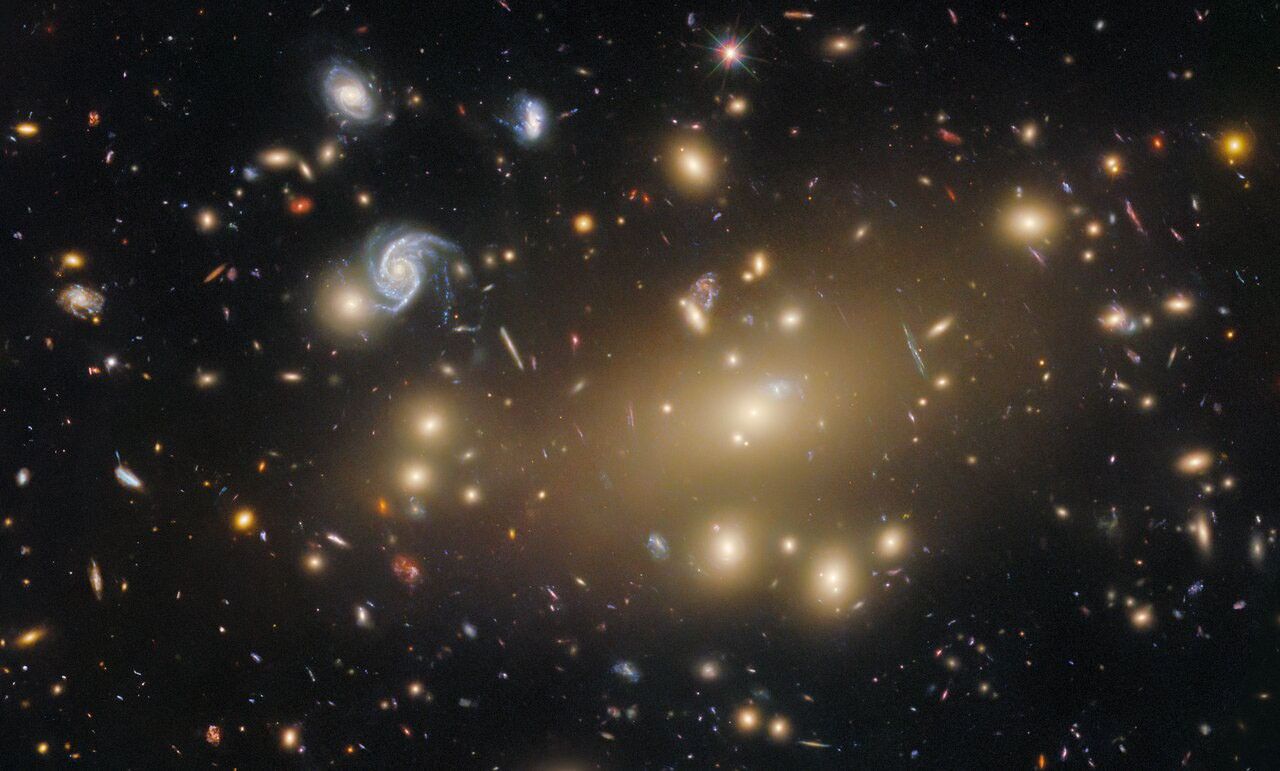Controllers at the Space Telescope Operations Control Center at NASA's Goddard Space Flight Center. This photograph was taken on May 13, 2009.
Credit:
NASA/Pat Izzo
With the first of the five planned spacewalks completed, two of the three top mission priorities have already been met with the installation of a new science instrument and a new command and data handling unit.
The spacewalk, which lasted a little over 7 1/2 hours, saw the installation of the new Wide Field Camera 3 science instrument and a new Science Instrument Command and Data Handling Unit. Both WFC-3 and the SI C&DH passed their "aliveness" tests, which essentially means the devices powered on correctly. The WFC-3 also passed its functional test, meaning the capabilities of the instrument itself were tested. The SI C&DH unit has also received an initial OK on its functional test, pending final review of data sent down to the ground.
On Friday, May 15, the two main objectives during the second STS-125 spacewalk are the installation of new gyroscopes and new batteries, both of which will contribute to extending Hubble’s operating life.
After leaving the airlock and completing their initial payload bay set-up work, astronauts Mike Massimino and Mike Good will first focus their attention on replacing all six of Hubble’s gyroscopes, which are needed to point the spacecraft.
Gyroscopes -- gyros, for short -- measure rates of motion when Hubble is changing its pointing from one target to another, and they help control the telescope’s pointing while scientists are observing targets.
Each gyro is packaged in what is called a Rate Sensor assembly. The assemblies are packed in pairs inside boxes called Rate Sensor Units (RSUs).
It is the RSU that astronauts actually change when they replace gyros, so the gyros are always replaced two at a time. Massimino and Good will replace all three RSUs on the telescope during the second spacewalk, giving Hubble six brand new gyros for future telescope operations.
Previously, Hubble used three gyros at a time to conduct science with the others functioning as spares. However, after substantial changes to Hubble’s pointing control software, only two gyros are now needed.
Massimino and Good’s second activity on Friday’s spacewalk will be to replace one of the two Battery Module Units on the telescope. The telescope has two Battery Module Units, each containing three 125-pound nickel-hydrogen batteries.
These batteries provide all the electrical power to support Hubble operations during the night portion of its orbit. The telescope’s orbit takes roughly 96 minutes, about 60 minutes of which are in sunlight and 36 minutes, in Earth’s shadow.
During Hubble’s daytime period, the solar arrays provide power to the electrical equipment. They also charge the spacecraft’s batteries, so that the batteries can power the spacecraft during the night portion of each orbit. All six batteries are normally used at the same time.
Now 19 years into its mission, Hubble’s current nickel-hydrogen batteries have lasted more than 13 years longer than their designed orbital life -- longer than those in any other spacecraft located in low Earth orbit.
NASA uses nickel-hydrogen batteries because they are highly reliable and are able to handle deep discharging better than other types of batteries. Nickel-hydrogen batteries also can store more energy than other types of similar size. They perform very well over long missions in low Earth orbit, and have been used on many NASA missions over the past decade.
It’s now one down and four to go in terms of spacewalks that will help extend the telescope’s life and its observation capabilities.
Ed Campion
NASA's Goddard Space Flight Center
































